
T.M.I.
How does a writer figure out what to say? My first writing step is to brainstorm as many ideas…
September 29, 2019
How does a writer figure out what to say? My first writing step is to brainstorm as many ideas…
September 29, 2019
Today I’m talking with Young Adult author Brian McBride. I wanted to know more about Wattpad. DJS: Your book…
September 27, 2019
Caleb Breakey and his wife Brittney are so dedicated to pursuing careers as novelists that they spent their wedding…
September 26, 2019
Give yourself permission to not blog. Yes, I said it. Going through different seasons in life does correlate to…
September 24, 2019
What do you think about when you think of romance? Oh sure, there are the typical things like boy…
September 23, 2019
Here we are, nearly at the end of our year-long punctuation/grammar series. I hope you’ve learned a lot and…
September 22, 2019
If you’ve been to any writers conference lately, you’ve no doubt heard lots of talk about building a platform.…
September 21, 2019
The popularity of this literary device dropped off prior to the turn of the nineteenth century, but its recent…
September 20, 2019
I don’t normally get into the Christmas spirit until after Thanksgiving, but as a Christian Living or Devotional author,…
September 19, 2019
Is writing a competitive business, or a complimentary one? As hard as it is to admit this, I have…
September 18, 2019
Everyone uses body language in one way or another. Talking with a friend, in a business meeting, or at…
September 17, 2019
I may ruffle a few feathers here, but my favorite thing about fall is NOT pumpkin spice. My favorite…
September 16, 2019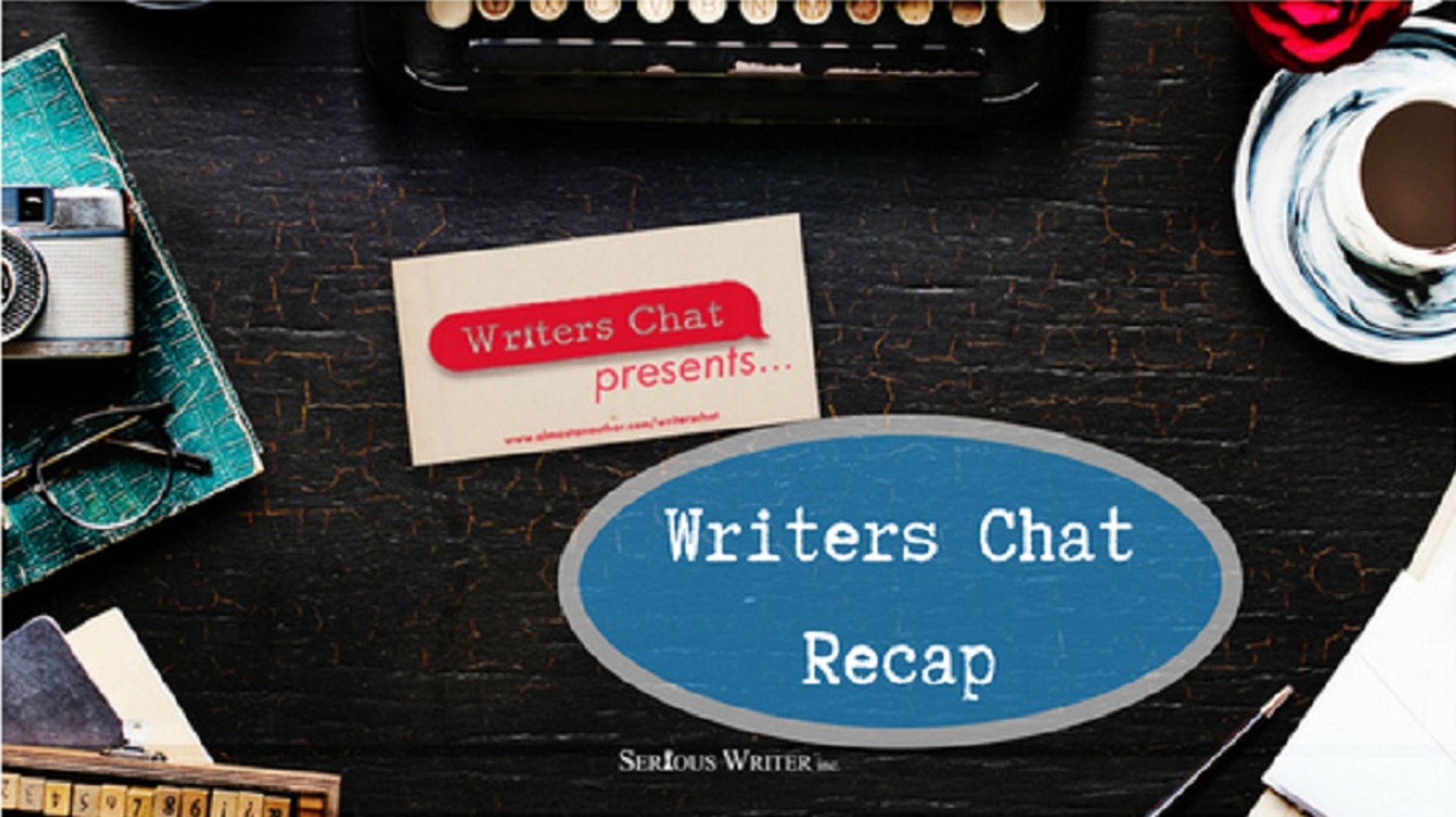
Writers Chat, hosted by Jean Wise, Johnnie Alexander, and Bethany Jett, is the show where we talk about all…
September 15, 2019
One of the joys (and frustrations) of the English language is how it ebbs, flows, and changes. Unlike dead…
September 14, 2019
The famous saying goes: “Easy reading means hard writing.” But why is that? If you have always wondered that,…
September 12, 2019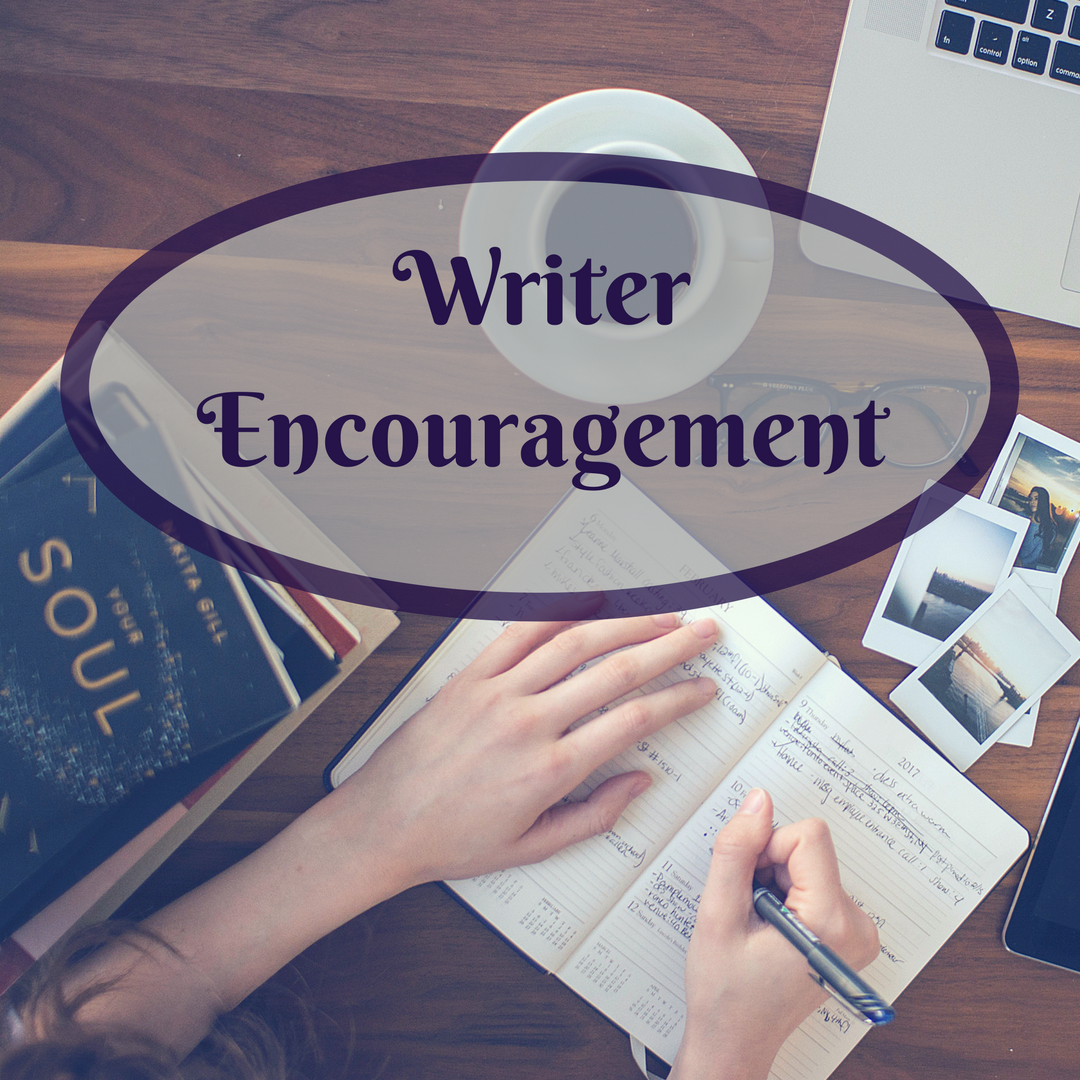
I didn’t know how much I needed a break until I grew grumpy. My usual ability to cope was…
September 11, 2019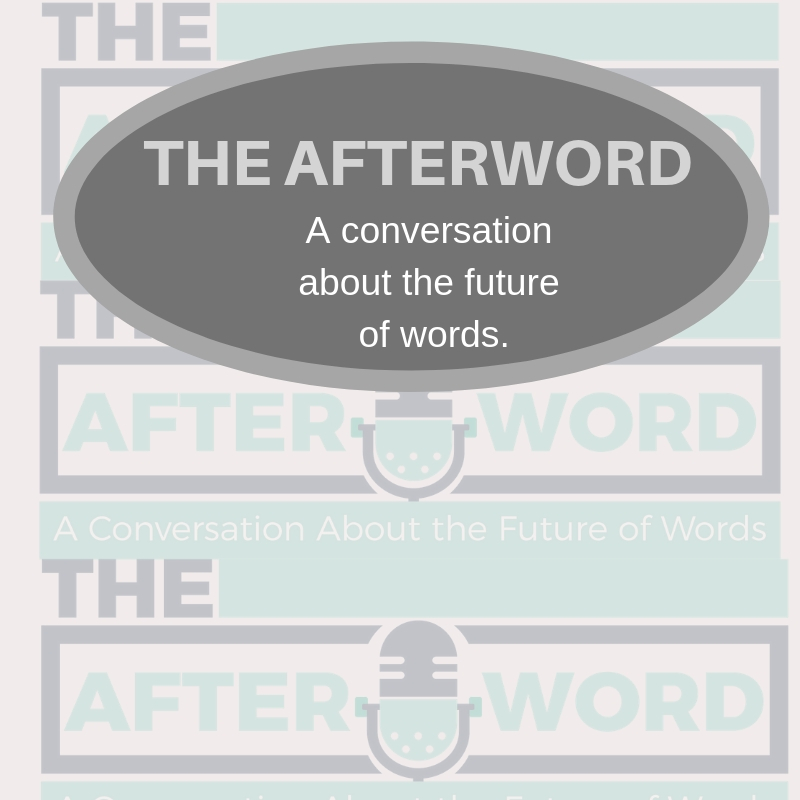
Big box book chains are struggling, but local bookstores are surging again after decades of decline. How do local…
September 10, 2019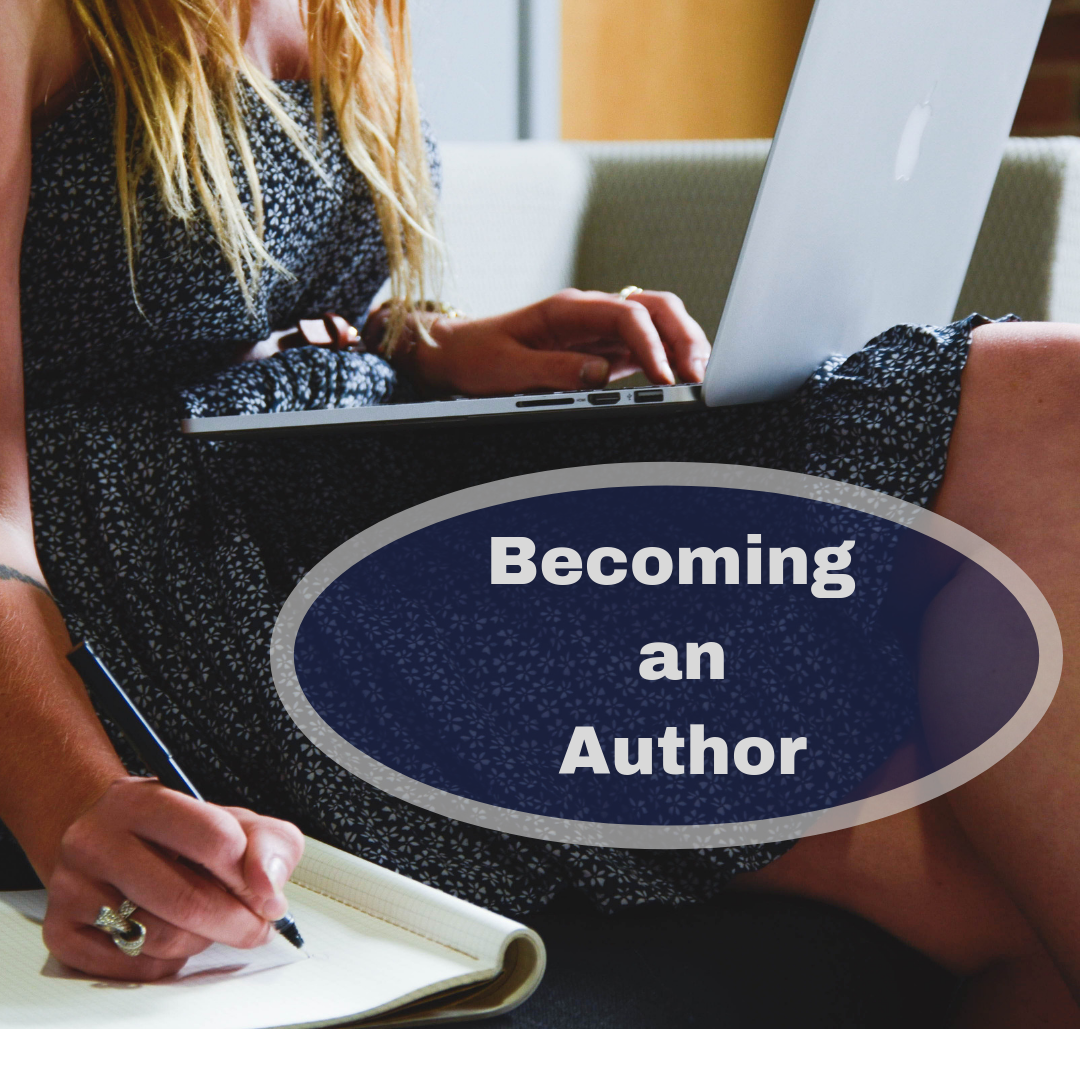
As an aspiring author, you might be aware of how to professionally submit to an agent or editor. But…
September 9, 2019
Do you identify yourself as an author? A writer? If not, it’s time to start. You are a writer…
September 8, 2019
Most of us have probably been told to “plunge your main character into terrible trouble as quickly as possible.”…
September 7, 2019
My husband spoke to me tenderly—our gaze connected over the twinkling candlelight. In the background, the muffled hum of…
September 5, 2019
Now that summer is coming to an end, I feel it’s time to get serious about the business of…
September 4, 2019
It’s never been easier to get your book published. But easy access to publishing creates challenges of its own.…
September 2, 2019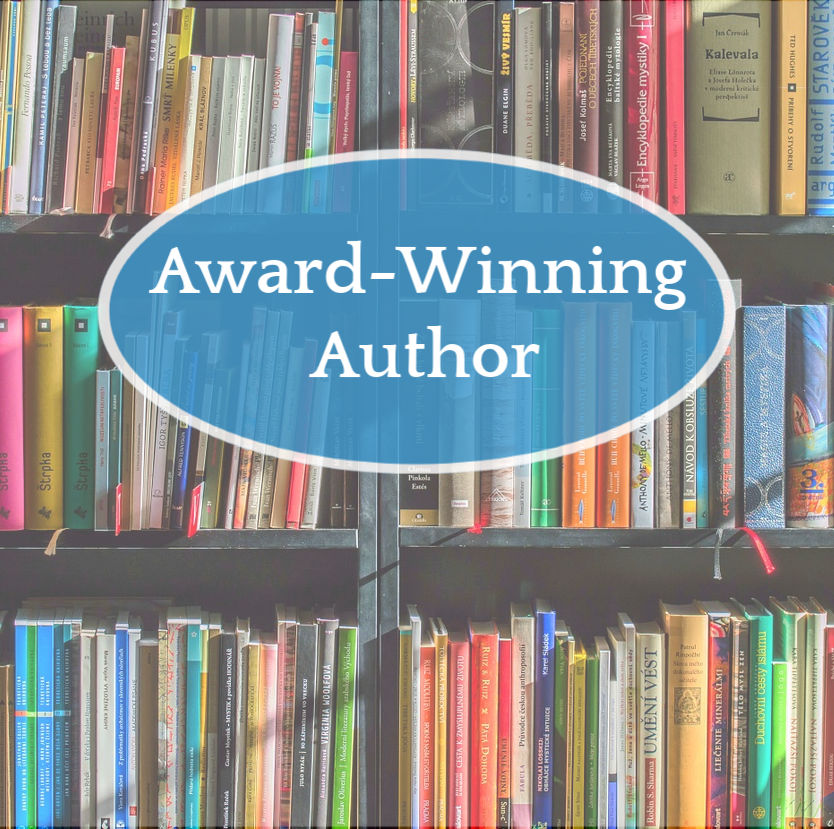
Can you share a little about your recent book? It’s a mystery titled Remains To Be Seen (to be published…
September 1, 2019
Congratulations on having a book to launch! Now to accept the challenge of creating content in today’s world of…
August 31, 2019